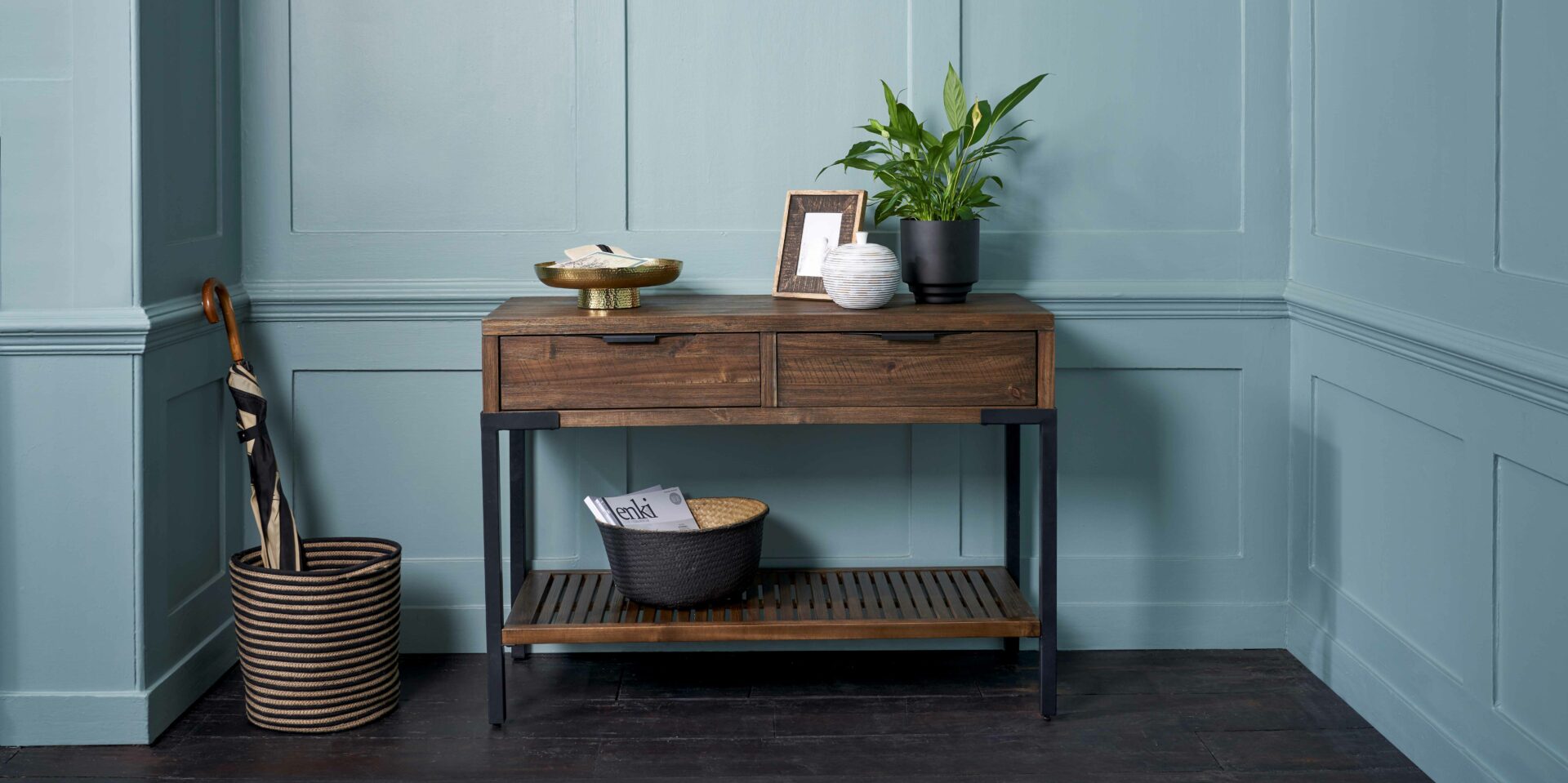Finishing is probably one of the most important elements of an attractive piece of wood furniture. There is a vast array of different finishes available on the wooden furniture retail market today. It can be quite daunting to make sense of all the various finishes and their comparative benefits and downfalls. Below are some of the most common finishes of hardwood furniture with a little information regarding the pros and cons of each.
Danish Oil
Many people think that Danish Oil is a finish which penetrates deeply into the wood. This, however, is not true. The oil does penetrate slightly deeper than other finishes but not to the extent many people believe it does. It is vital that Danish Oil is able to penetrate the wood effectively in order to produce an excellent quality of finish. This means that if your hardwood furniture has been previously finished with either lacquer or paint, Danish Oil will not be an effective method of finishing that item. Danish Oil is the best product for giving an attractive natural finish to your wood furniture. It has a soft sheen to it, rather than the high gloss that lacquers produce. This has several advantages, in that it doesn’t show up fingerprints or dust, and should the wood furniture be damaged it is easy to repair for novices and experts alike, as all that’s required is a light sanding and reapplication. A lacquered finish, by contrast, will need the whole piece stripping and refinishing – a very expensive job that should only be undertaken by a trained professional.
Beeswax
Beeswax is a natural way of finishing wood furniture. It can be used on virtually every type of wood used for furniture, but is most effective on hardwood furniture, such as mango. It will create a perfect, highly attractive finish which also serves as a protective layer which will help to keep your furniture looking its best no matter what. Beeswax is a great product for people concerned about the environment as it is completely natural and free from any nasty chemicals which can often be found in household products, such as polishes. Beeswax can be used very economically as only a small amount is needed to gain the desired effect. It is also excellent at revitalising distressed wood. Beeswax brings out the fine grain of the wooden furniture and achieves a beautifully tactile silky smooth finish. The finish that both beeswax and Danish oil produce is known as an unsealed wood finish. Therefore it is not recommended that chemical cleaning products are used, as these will permeate the wood, drying it out and causing irreparable cracking. Feather dusting or the use of a damp cloth is all that should be needed to care for your wooden furniture.
Sprayed Lacquer
Sprayed lacquer achieves 100% adhesion with underlying layers meaning that it seals the wooden furniture and produces a high gloss finish. At first this sounds very desirable, it does have its downsides though: it can be quiet easily scratched and the slightest marks or fingerprints will be very obvious, making it a high maintenance finish. This can be guarded against by protecting it with mats, cloths, etc., but what’s the point of having beautiful hardwood furniture if you have to cover it up?
Polyurethane
Polyurethane is a common film finish for wooden furniture. This is another finish that seals the wood. It is relatively inexpensive and easy for manufacturers to apply. For this reason it is often used on cheap, inferior quality wooden furniture, such as pine furniture. There are many disadvantages in using polyurethane to finish wood furniture. It shares many qualities of lacquered furniture, but it is also susceptible to damage from ultra-violet light exposure. This can crack the finish leaving white marks that are impossible to remove. Because of this, polyurethane finished furniture should not be kept in natural sunlight – a serious disadvantage unless you are furnishing a room without windows!
In summary
By far the best finishes for high quality wood furniture are either Danish oil or beeswax. They bring out the stunning beauty of wooden furniture grains and leave wood satisfying to the touch. Steer well clear of varnish and polyurethane if you are after a luxurious piece of quality furniture. For more information on wooden furniture care, please see our guide to treating hardwood furniture.

